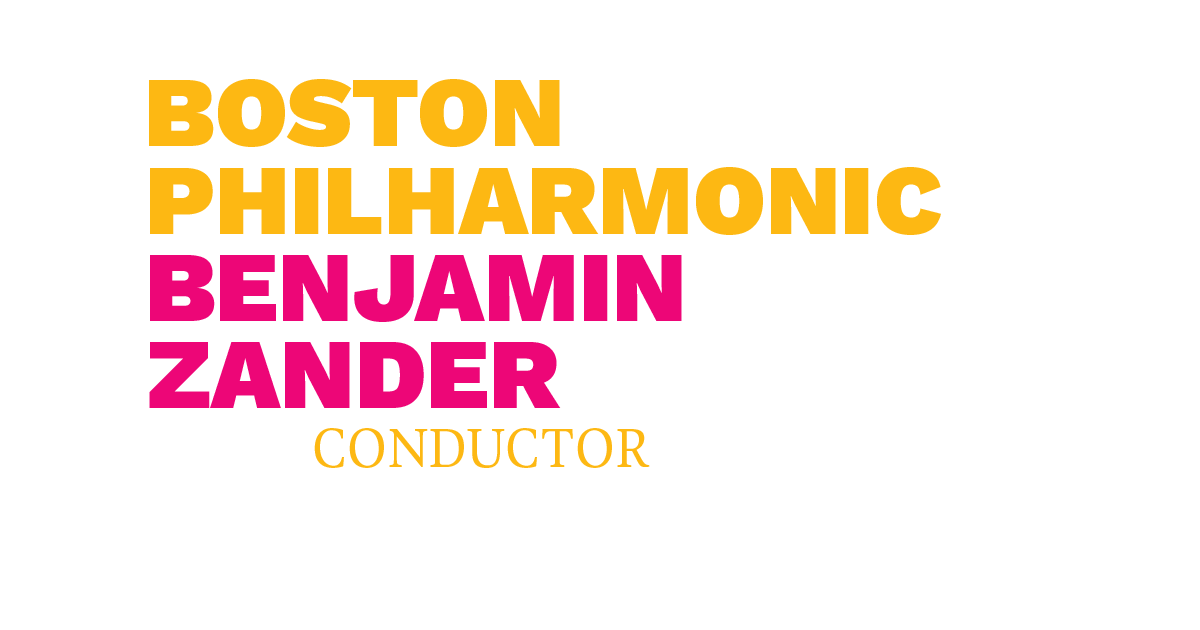We have it on good authority that what emerges from chaos is light and order.
Sacred texts from many traditions tell this story, and Haydn put one version into music in The Creation. . This might seem a strange thing to be thinking about during the Boston Philharmonic Youth Orchestra’s first official activity in Europe, an appearance with the Leerorkest in the northern suburbs of Amsterdam. But the connection felt inevitable.
The Leerorkest (Dutch for “learning orchestra”), which the BPYO spent a morning with, is now in its sixth year. The founder is a fearless Brazilian named Marco de Souza, who modeled his new enterprise, loosely, on the famous Sistema program of musical education in Venezuela, but the circumstances in Amsterdam were different, and so were the goals de Souza sought.
The Leerorkest operates in several elementary schools in multi-ethnic areas heavily populated by families of immigrants and migrant workers from Africa, South America, and the Caribbean, as well as Dutch families of stevedores and dock workers (30 years ago De Souza himself was an immigrant who worked cleaning other people’s houses.) The Leerorkest loans orchestral instruments to elementary-school children who meet during regular school hours to learn how to play the instruments, how to take care of them with pride, and how to play music with others; most weekends, the orchestras meet for joint rehearsals involving something like 500 performers.
The idea is not to produce musicians of international professional caliber, although de Souza is proud that the Leerorkest has already identified several children of notable talent that the organization has helped to pursue professional goals. Instead de Souza’s ambition was to create a cultural activity that was also social, something that would be fun to do and foster cooperative, disciplined behavior; although he doesn’t put into so many words, he wanted to alleviate difficult conditions and to provide an alternative to anti-social behavior.
When the BYPO and conductor Benjamin Zander arrived there were 600 children seated in the atrium of CEC, a spacious and ambitious cultural center in this area. The Leerorkest had been waiting a long time because there were problems loading the BPYO busses which had been unloaded only a few hours before. Chaperone Robert Schulz, a prominent Boston-based free-lance percussionist, took on the duties of principal baggage master – something he has to do every day, loading his van with his own instruments. But the young Leerorkest musicians were astonishingly patient, well-behaved, and they obviously took pride in taking care of their instruments, which included a number of Celtic harps and baby bassoons that looked like tall tennis-ball cans.
The BPYO players, wearing their new BPYO red T-shirts interspersed themselves among their younger colleagues and the “rehearsal” began followed immediately by the “concert” – the borderline between the activities was not always clear. The Leerorkest players had music books with simple arrangements of pop songs, folk songs, Latin numbers, and a few familiar classical tunes, like Purcell’s Trumpet Voluntary and “Morning” from Grieg’s Peer Gynt Suite. The BPYO played as if it was in Carnegie Hall, and the Leerorkest fielded an especially amazing group of percussionists in dredlocks and urban gear. A high-energy Dutch pied piper named Tobias Dommers led group improvisations and many of the pieces.
Zander, clearly in his element commanding the largest ensemble he had ever faced, made a little speech. “Music makes us happy,” he said. “It is the only language all of us can speak together, which makes it the most important language in the world.”
On this occasion he enlarged his repertory by rehearsing and conducting Celebration by Kool & the Gang, a work with which he had previously been unfamiliar; he fully entered into the spirit of the day. The BPYO, many members sitting quite distant from their colleagues, not only played with the Leerorkester, but also gamely offered an abbreviated version of Tchaikovsky’s Romeo and Juliet. There were moments that sounded like Canonic Variations on Tchaikovsky’s Romeo and Juliet, but there were impressive and beautiful things as well. Most of the Leerorkest members were clearly experiencing the sound of a live virtuoso orchestra for the first time; some were baffled, some indifferent, but many were visibly enthralled by the soaring melodies and the dazzling licks for the strings; the Leerorkest percussionists listened to Brandon Ilaw’s thundering crescendo on the tympani and obviously couldn’t wait to figure out how to do it themselves.
The effect of it all was not exclusively musical – parts of the program sounded like music for the workers composed during the Soviet era; one thought of Mossolov’s The Iron Foundry. But in its way this concert was both beautiful and profoundly impressive; it offered a heartwarming demonstration of what music is about, and what music is for.
Zander headed for a hired car and left immediately for Belgium where he was scheduled to deliver one of his famous inspirational talks for executives on the art of possibility; he saw this as a fund-raising opportunity, and he told the BPYO later that he had brought back a large check to help subsidize the tour, adding that he thought of himself as Robin Hood, taking from the rich in order to help the poor.
Meanwhile the BPYO members once again loaded up the busses, something one can scarcely imagine the members of the Boston Symphony Orchestra doing. Your scribe made the three-hour trip to Maastricht in the back seat, wedged in between piles of instruments.
The BPYO has a regal and striking bass player named Kiyoe Wellington; she needs no crown because her flyaway hair serves the same purpose. She had observed that Haarlem reminded her of Coolidge Corner, but that Maastrich looks the way Holland does in children’s storybooks. The StayOkay hostel here is on the banks of the Maast river, which is better known in literature and poetry as the Meuse. Neanderthal bones have been found nearby, and the city itself dates back to Roman times; the downtown looks, and to some extent still is, medieval, although McDonald’s has established itself in the stately city square.
After claiming rooms, the brass, basses and percussion players made their way to the concert hall to rehearse with the Harmonieorkest Auletes , a wind ensemble with which it would share a program the next night.
There is in the Netherlands a rich tradition of wind-ensemble playing; the many recordings of the Netherlands Wind Ensemble under conductor Edo de Waart were internationally popular during the era of long-playing vinyl records. The Auletes is a based at a technical institute in the nearby city of Eindhoven, and thanks to its charismatic music director Jos Schroevers, the Auletes operate at a very high musical and technical standard.
Schroeders was a participant in a seminar led by Zander in Manchester, England a year ago, and he subsequently became a key figure in organizing this tour from the Dutch end, locating and renting extra instruments and recruiting a few extra players for Mahler’s Second Symphony as well as planning a joint concert with the BPYO.
The half-hour prelude to the concert will feature the Auletes and members of the BPYO in about 30 minutes of Spanish-themed music, not always by Spanish composers. The program will open, for example, with an Interlude and Dance from the incidental music the Armenian composer Aram Khachaturian wrote for Lope de Vega’s play The Valencian Widow. Lope de Vega wrote his play in 1600, but Khachaturian’s music evokes 1940s Hollywood. Think Marlene Dietrich, wreathed in smoke and shadowed by ferns in a slightly louche nightclub. Even sight-reading in a first rehearsal, the BPYO musicians instantly entered that exotic world.
The other pieces were Spanish operetta gems by Reveriano Soutullo and Geronimo Gimenez, music with good tunes and lively rhythms suggesting flashing eyes and stomping feet. Schroevers advised the BPYO trumpeters to articulate notes like members of a Mexican mariachi band.
As the rehearsal drew to its close, Schoevers turned to the BPYO’s theme song, the “Nimrod” movement of Elgar’s Enigma Variations, in a gorgeous transcription for wind ensemble. Zander returned from fund-raising in Belgium and was fulsome in his praise for what he was hearing before expressing his own views, pointing out that the frequent use of this variation on state occasions and during funerals has obscured Elgar’s intention, which to create musical portrait of one of his closest friends, and a depiction of his noble character. Zander therefore favors a faster tempo than Schoevers, and a good deal more rubato. Both performances sounded meaningful and the altered instrumentation and sounds of the winds were were beautiful.
The mind immediately stopped comparing the performances – one was not “better” than the other; the two were different from each other and there is enough in the piece to support even more views. It was fun to imagine a perforance that would combine the best qualities of each, Zander’s forward-moving tempo with Schoevers’ straight-from-the-shoulder rhythmic sense and refusal to give way to sentimentality. Zander has dubbed this trip the “possibility tour,” and this little exploration of the “Nimrod” Variation provided an unexpected demonstration that the possibilities within music are infinite.





